It will come as little surprise to people that Todd Howard, who directs the currents of creativity at Bethesda, has a groove. He likes that groove. For the most part, Bethesda games of the last 15 years or so have patiently followed that groove, and by doing so, they have been incredibly successful.
This is nothing new or unusual in gaming. Studios like FromSoftware, Platinum Games, and Arkane have all seen incredible creative and commercial results by doing something specific incredibly well. For Bethesda, this is telling a sprawling adventure in an engaging world.
The reason why this is important is that Starfield is something of a paradox. It tries to both embrace and grow beyond this groove, maintaining the comfort of familiarity in a brand-new setting while adding entirely new systems. The good news is that it pulls off this balancing act with style.
Of all the gin joints in all the worlds…
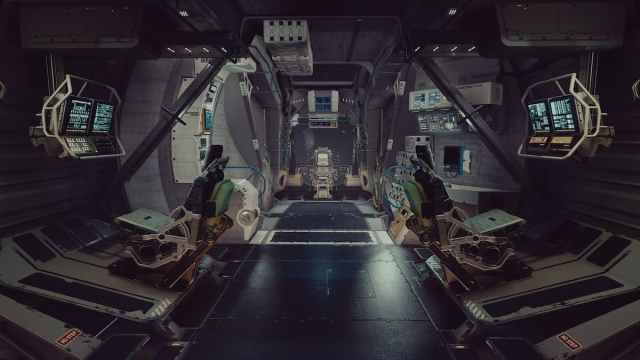
What makes Starfield a whole new experience from the ground up is the universe that it takes place in. Mankind has escaped the shackles of our solar system, embracing interstellar travel and exploring the vast reaches of space. As a species, we have had enough time to split off into separate factions, have our differences, and then have a massive interplanetary throwdown called the Colony Wars. There was a lot of warmongering using mechs and perhaps some experimentation with alien creatures to create terrifying killing machines. The good news is that it is all behind us now, and there are certainly no repercussions, socially or otherwise, for all the terrible things people did to each other. Honest!
This brings us to Starfield’s first and most prominent marketing point. The game is huge. Tremendously, jaw-droppingly, almost intimidatingly huge. Bethesda is not playing around with the scale of this universe. Its size is difficult to quantify. It is absolutely one of the game’s greatest strengths, as it gives players something to engage with for a very long time, as long as the core gameplay loop appeals to them. It also brings us to Starfield‘s biggest risk.
Skyrim and Fallout have leaned hard on well-designed maps to control the flow of player movement and subtly direct us from one experience to the next. In Starfield, you can pretty much go anywhere in the entire universe. You start in a grimy little mine, very quickly find a Space McGuffin to move the story forward, and then meet a character that promises you a grand adventure if you join his merry band of explorers.
The first place you arrive at is New Atlantis, a rather pretty place nestled on a planet called Jemison. Here, you get a somewhat harsh introduction to the fact that Starfield is almost entirely devoid of tutorials, and after that, you are on your way. There is little hand-holding, and you are mostly left to figure things out for yourself. From simple things like how to put items in your cargo hold to whether it is a good idea to join factions or explore new worlds, Starfield relies on your natural curiosity to move things forward.
I almost instantly skipped out on the main quests, did some side missions to get to know the place, and then dove into my ship to put some early exploration in. My first stop was simple. I bounced over to the far side of Jemison to see what I could find. Then I went to another planet and then another system. It was all smooth and easy. Unlike other well-known space exploration games such as No Man’s Sky or Elite Dangerous, you don’t fly down through the atmosphere to the surface of the planets. You hit orbit, open your map and select where you wish to land. The same applies to getting to new planets and systems. How far you can make it is dictated by your ship’s jump drives, but within that sphere, you are free to do as you wish as long as you are not venturing down previously unexplored paths.
In fact, much of the actual interstellar travel, and travel in general, can be done via menus, should you want to. It is possible to go from standing on the surface of a distant moon to being back at Jemison in a few short menu hops if you wish. This might sound a bit disappointing for those who imagined themselves plummeting through the atmosphere of a planet, but it also doesn’t stop the gameplay loop around your ship from being engaging and rewarding.
The Fallout 3 body problem
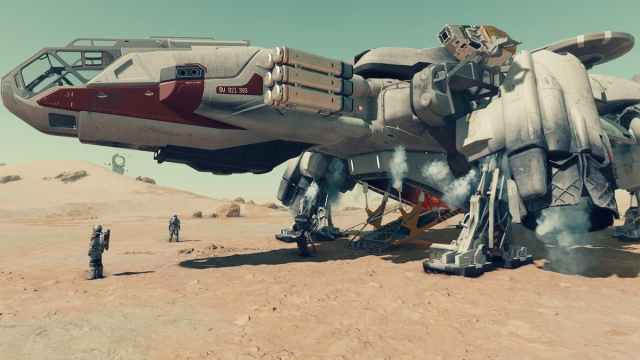
Ships in Starfield are essentially mobile homes, bristling with weapons and shield systems and laden down with cargo. When you are not jumping through interstellar space, you can explore the near orbit of planets, dock with space stations, and get in lots of fights with other ships. Ship-to-ship combat is fun and engaging, and investing in your ship with upgrades, new modules, or even entirely new ships can get you hooked. You need to balance the flow of power between weapon systems, engines, and shields if you wish to survive a fight, adding tactical depth to more challenging engagements.
You quickly realize that your ship is a vital character in your game. And while Starfield gives up the idea of a perfectly curated and controlled map, it does embrace this vehicular relationship the right way. Your ship is the key to the universe and is as much a character as anyone else in your crew. I can honestly say the decision to purchase my first new ship was one of the most anxiety-inducing decisions I have made in a game in some time. It was a lot of money, and I worked hard to gather it. What if I made the wrong decision, and the new ship just sucked?
Another welcome surprise is how crisp and rewarding gunfights feel in the game. Bethesda games have often felt too floaty to me, but the weapons in Starfield handle well and feel great to fire. What lets down combat is that enemy AI can be dumb as a brick on occasion. I’ve had instances of enemy AI stacking up in the same corner of a room, seeming to lose the ability to pathfind around objects. It didn’t happen often, but it occurred enough to stand out.
I have been pleasantly surprised, however, by how smooth my experience has been overall. In dozens and dozens of hours of gameplay, I have yet to run into what I would consider an aggravating bug. I have seen some hilarious ones, no doubt about it. I ordered a coffee from an NPC as they slowly ascended into the heavens. I’ve had slightly wonky camera angles during dialogue. I’ve had my companion get hung up on a stairwell, the corner of a door, or even my own character model. Basically, all low-impact, not game-breaking, nor even particularly annoying stuff. During my nearly 70 hours of game time, I have only had a single crash. Overall, I would say that the game has delivered quite a smooth experience, and I can only hope that carries over for other players and stays consistent over the next 70 hours I plan on putting into Starfield.
Performance anxiety

Where things have been a little more interesting is how the game runs. Starfield is a truly stunning game in places. It might just have the best fog I have ever seen in a game. The ship interiors and bespoke environments, towns, cities, and settlements are all filled with detail and character. The lighting engine is particularly smooth, with the lush neon of settlement signs sitting softly against the grimmer-looking planets they can end up on.
Things get less pristine on planetary surfaces that may have had less of a human hand in their creation. Ultimately, everything still looks nice, but the difference between arriving at a beautifully designed and engaging destination that you know is filled with things to do and a potentially procedurally generated locale with a couple of copy-and-paste missions is occasionally jarring.
The game ran quite well for me at 1440p on my system, an admittedly beefy Ryzen 7 5800X, RTX 3070 Ti, and 32 GB of RAM. Ultimately, a big shame is the lack of upscaling options in the game. The focus is on AMD solutions, which are fine and should provide tangible benefits for those who need them. That said, broader options, such as Nvidia’s DLSS solutions, would have been very welcome here. It’s likely, however, that you will need one hell of a setup to run Starfield at the highest settings, so best of luck to all those who will seek to drain every drop of graphical juice from this latest iteration of the Creation engine.
Familiarity breeds contentment
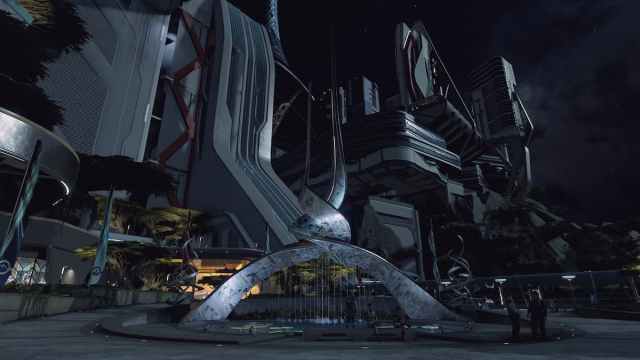
Ultimately, one of the least surprising aspects of Starfield is how familiar it all feels. Factions, dialogue options, skills, and builds to be explored are similar to Bethesda’s previous offerings. The VATS system from Fallout even makes an appearance in ship-to-shop combat to allow targeting of specific ship systems. The Bethesda DNA is deep within the game, and much of it will feel comfortable and familiar to fans of the aforementioned groove. All the elements of a game within the Bethesda Extended Universe are here; there are just some new and improved elements as well.
Personally, I can say that it is my favorite Bethesda game to date. I am, admittedly, more of a science-fiction fan than a fantasy one, and the design that the team has gone for with Starfield is right up my alley. It’s crisp and clean in many ways, and feels like it is grounded in what we can assume are the important elements of the real science of space exploration. Everything must be precise, considered, tested, and retested, and that is the vibe you get as you stand inside your ship or on a space station. There is some intangible merit to the designs you see, even if they are somewhat inspired by pop science instead of the hard science of labs and clean-room manufacturing plants.
I also really enjoyed the companions in Starfield and definitely had my favorites among the vast array of characters you can recruit to your cause. They were all interesting, often engaging, and occasionally infuriating, which is exactly what you want from your space-faring crew. It’s hard to talk about them in great detail, as they are so intricately tied to story beats that I don’t wish to spoil.
I am nowhere near finished with my adventures in Starfield’s new universe, and I am eager to explore new planets, build my fleet, create new outposts on distant worlds, and do everything else the game allows. Overall, Starfield is another strong contender in a year of strong options for potential Game of the Year honors.
Bethesda has managed to pull off the delicate dance of sticking with what it knows, polishing it all to a high shine, and even mixing up the formula in a successful way. It is an impressive feat of game development that is sure to delight fans and could even win over some naysayers.

- An epic tale told at a tremendous scale.
- Exciting combat and smooth gunplay.
- Beautifully designed spaceships and fun space combat.
- Slightly buggy in places.
- Can be quite tough in the opening hours due to a lack of tutorials.


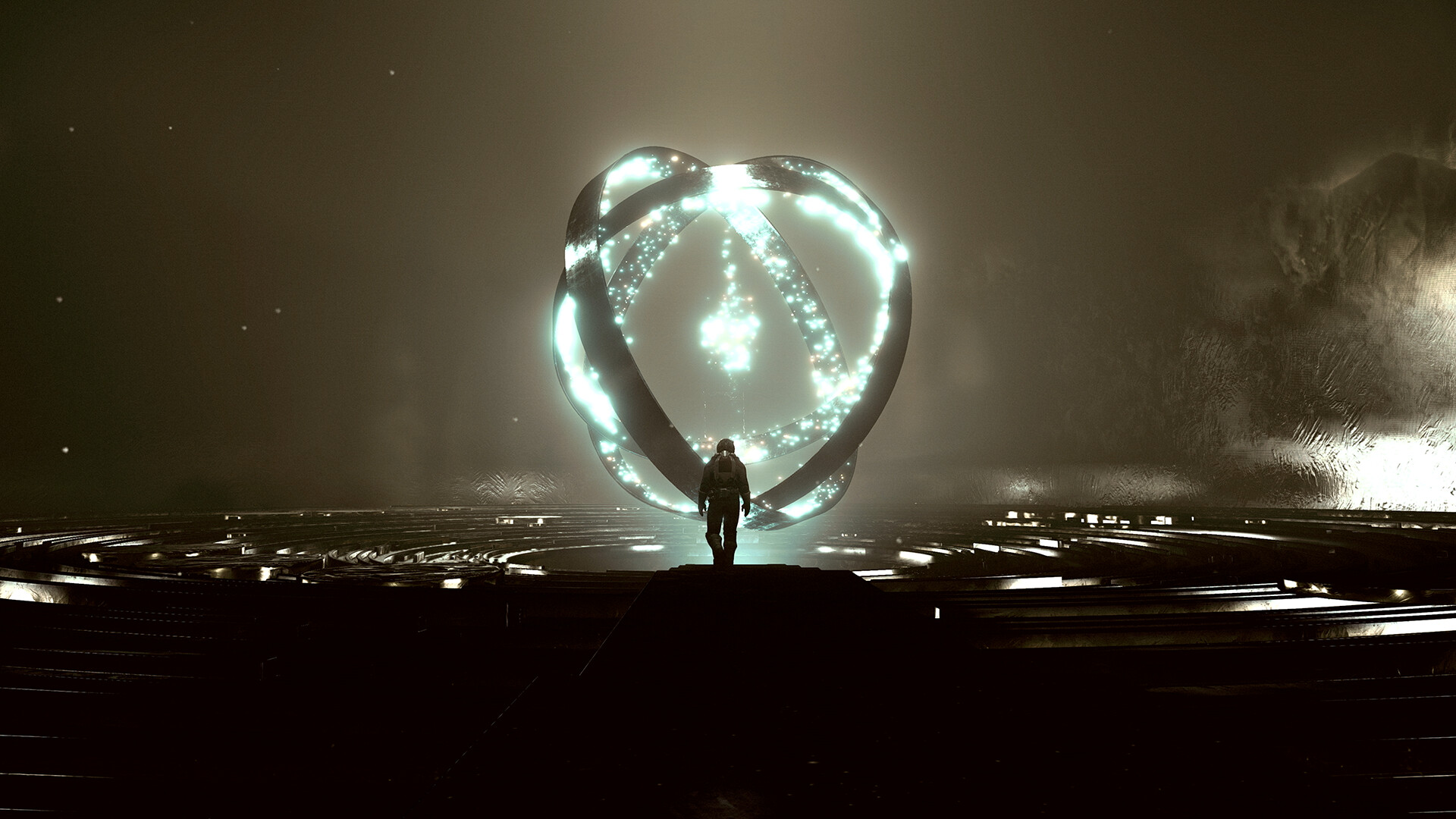
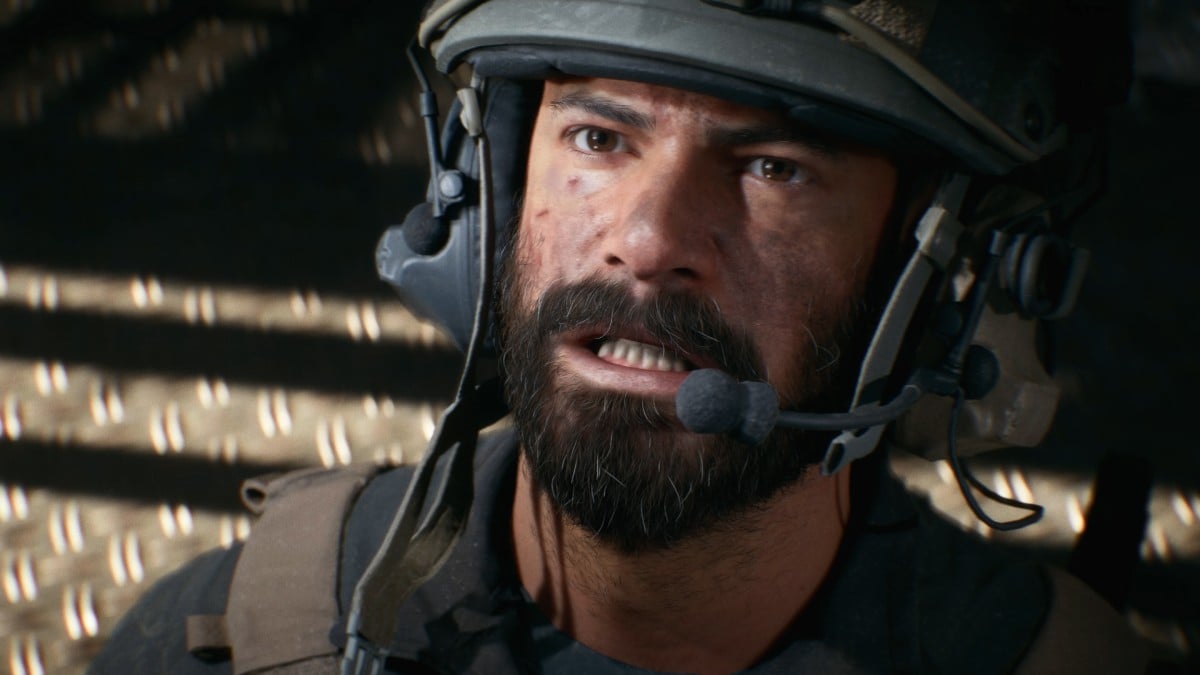
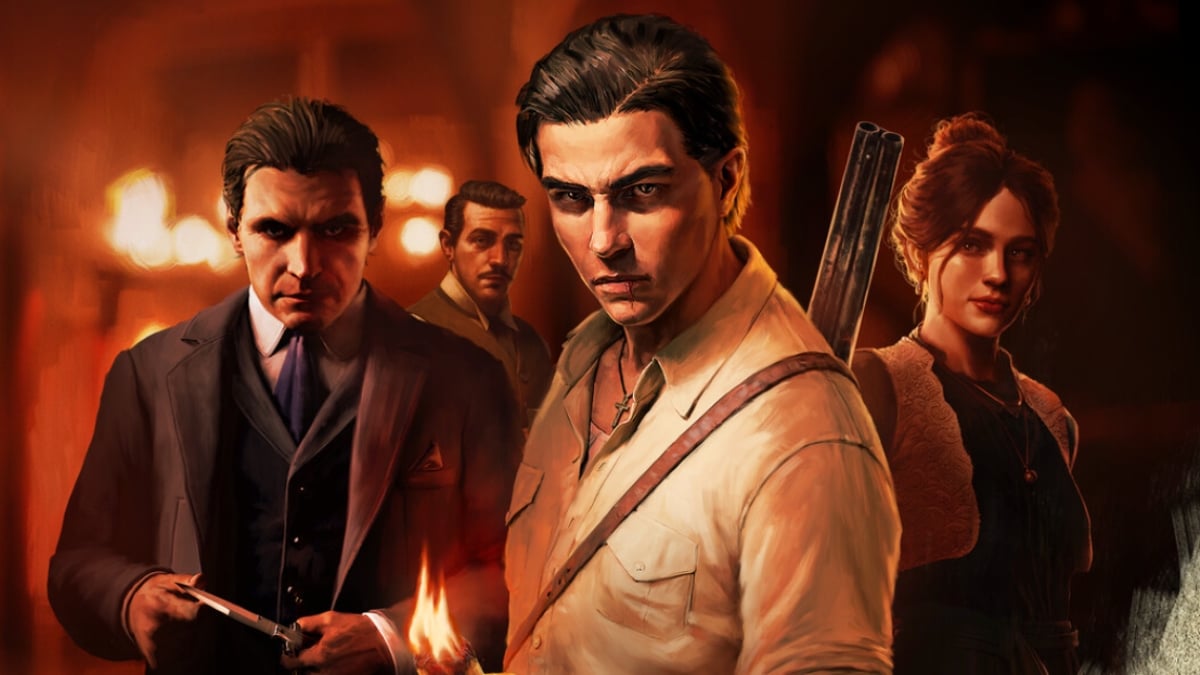
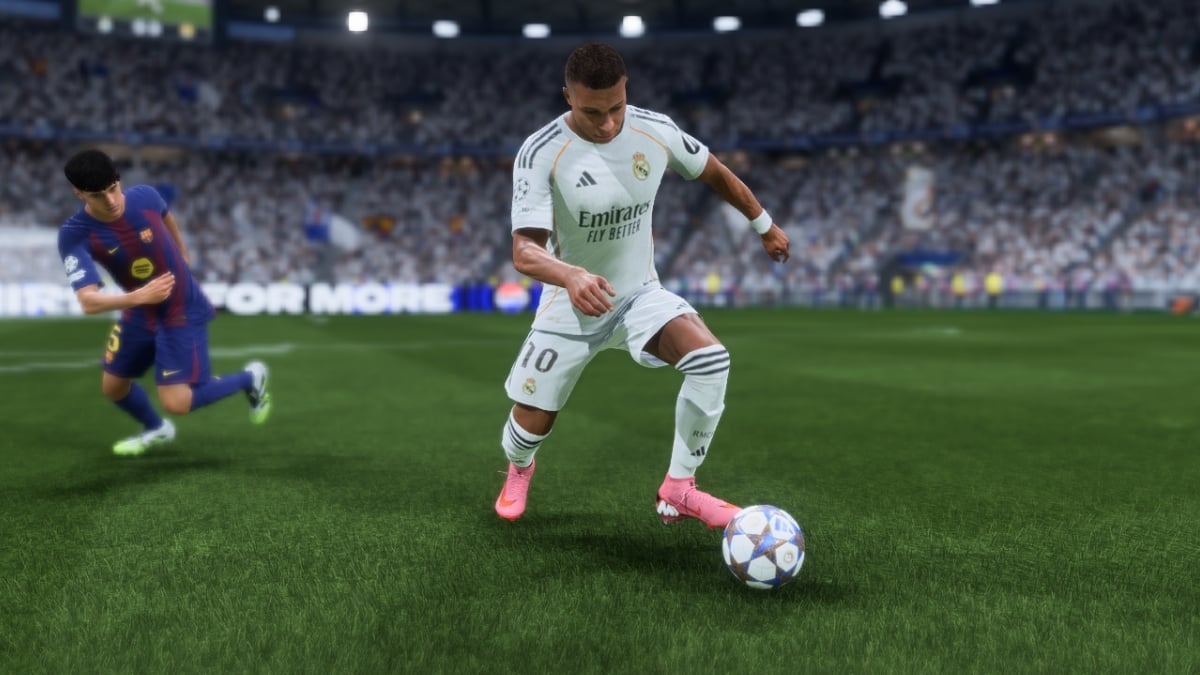
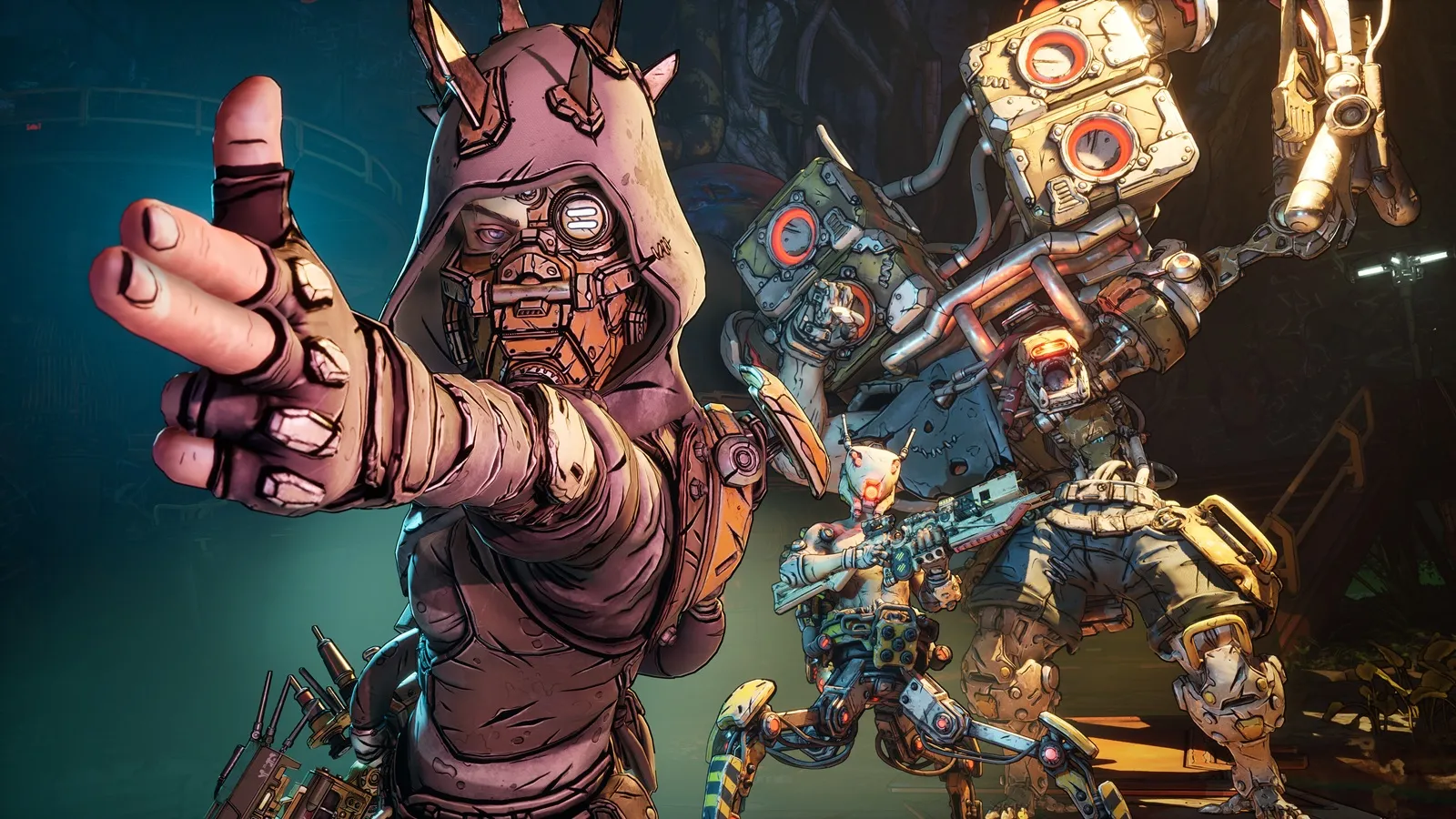
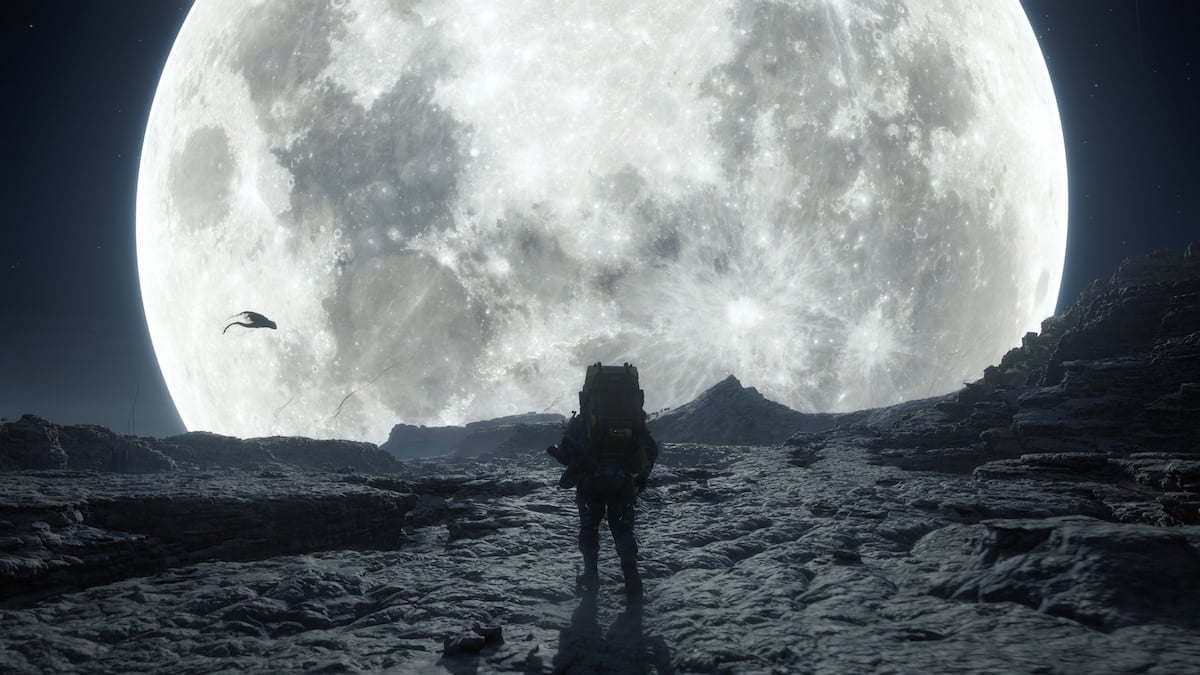
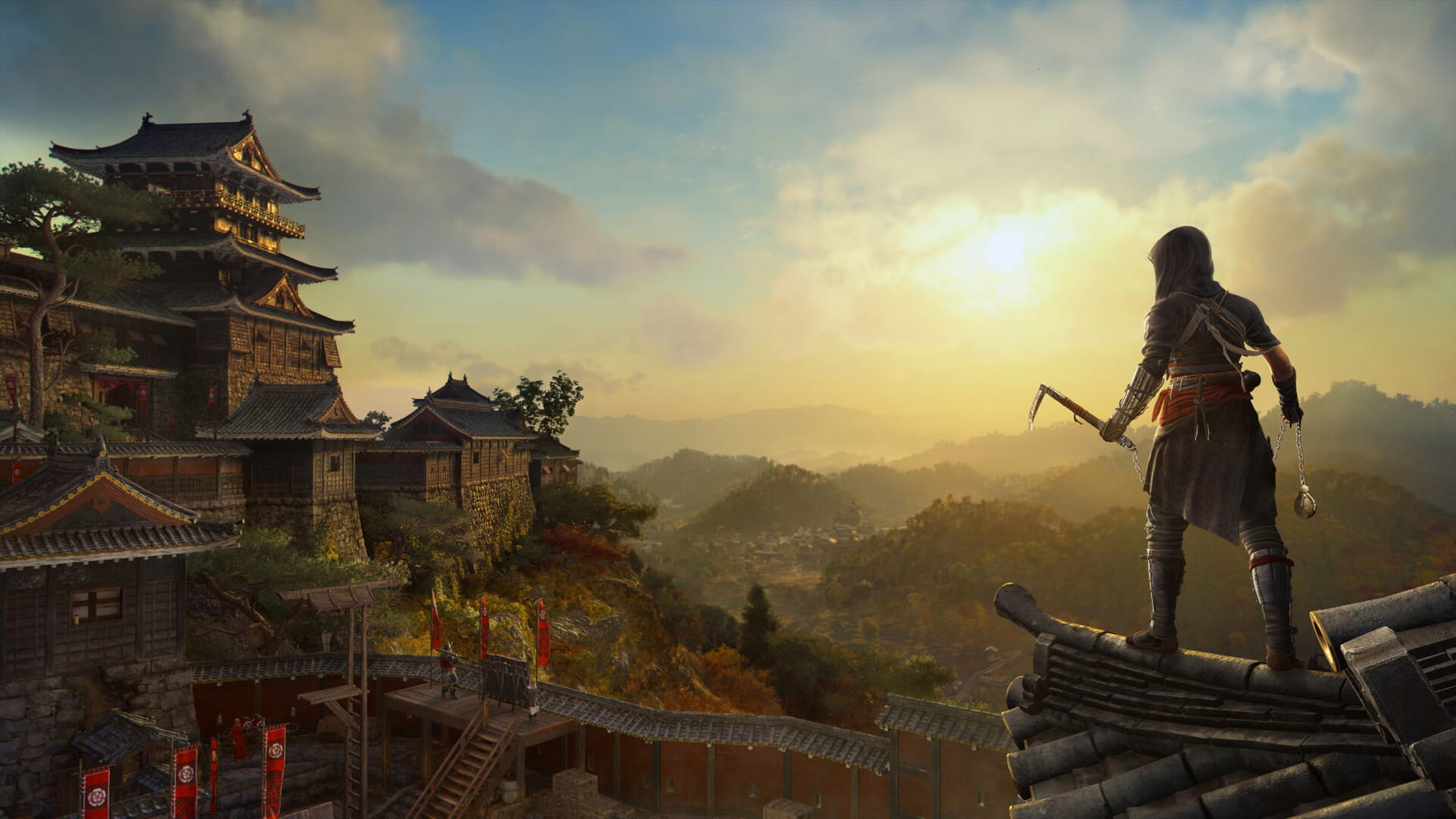
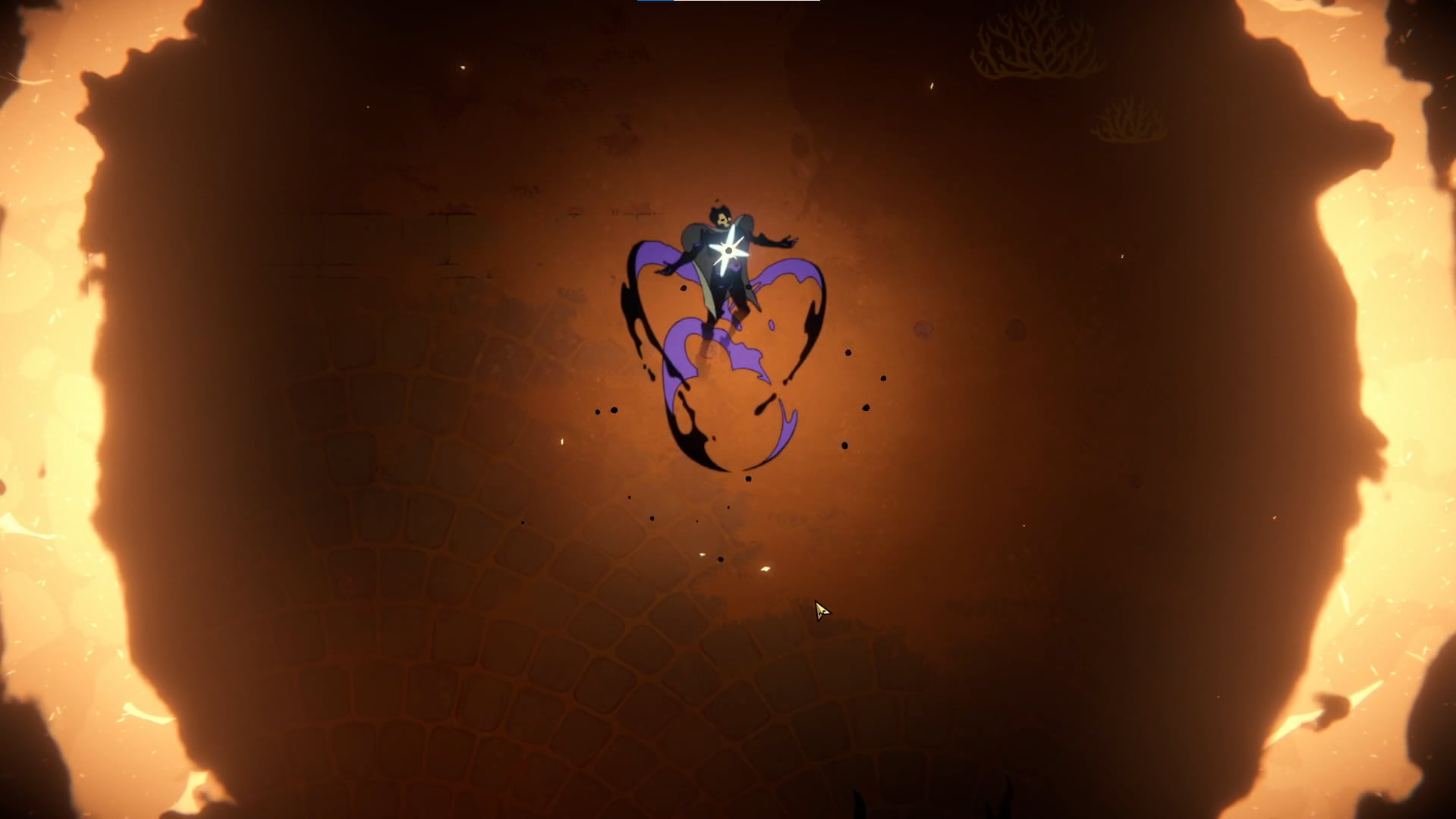



Published: Aug 31, 2023 11:02 am